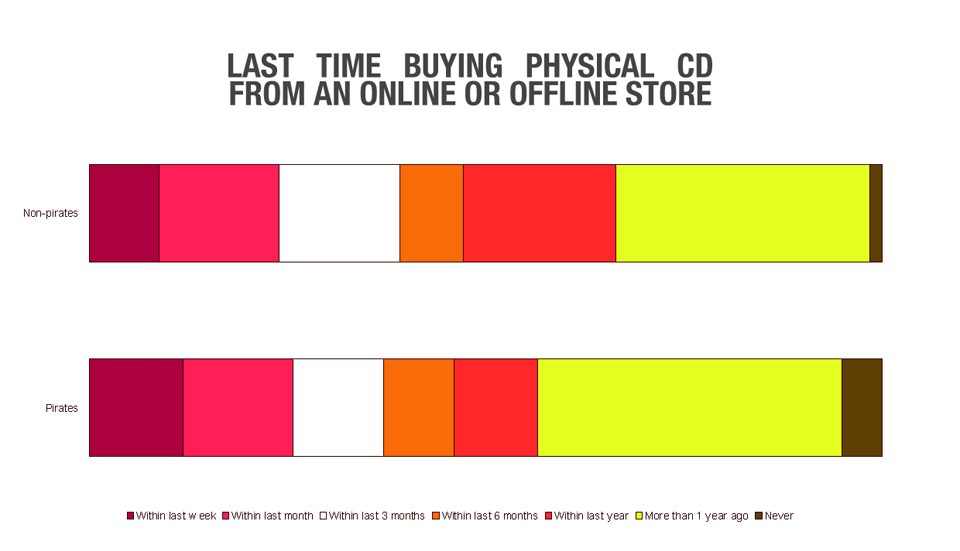Marketing Music Through Non-Linear Communication: Accepting The Full Reality Of The Digital Age
from the i-just-can't-hide-it dept
I'm so excited to finally present the public version of my thesis, which investigates the problem of record labels' adjustment to the digital age and provides a solution. One of the key inspirations while composing the thesis was Mike's Trent Reznor Speech at MIDEM. Throughout the two years I spent composing my thesis, some of the thesis' content was already posted to Techdirt. There was the Shpongle case-study, in which a band went from yelling at fans to embracing them in a remarkable way. Then there was an analysis of the unique way in which deadmau5 connects with fans. Most recently, I posted a case-study of Fulkultur's The Ugly Dance, which is really a genius way to get your music discovered. Oh, and there was a white paper with music business model case-studies, but it was not directly related to my thesis. Thank you, Mike!Today however, I can finally launch the entire thesis! It is free, it should be shared and I would love for folks to remix it!
Go for it.
Personally, I have some favorite findings that I will further explain here on Techdirt.
The "Pirates-Buy-More-Music" Chart

This chart seems to indicate that there are different groups within pirates. As is obvious from the chart, the group on the left side is more likely to have bought music recently than 'non-pirates' (people who engage in filesharing less than once a month or never). I thought this was an interesting result from the survey, especially since some people are generally too quick to disqualify pirates as economically interesting music consumers.
One size price
I asked surveyees to respond to the statement "One US dollar ($1.-) is not too much to ask for a song." This resulted in two groups that were almost evenly split. Around half of the respondents agreed, and the other half disagreed. This indicates that prices of music should perhaps be much more variable than they are today and real attention needs to be paid to one's target group when trying to sell copies.
Instead of inventing numbers to argue how things should be - as a marketeer, I'm much more interested at looking at the reality and using that reality to maximize the potential. So what do you do when your business model (that relies on control) gets disrupted through peer-to-peer filesharing and other types of non-linear communication? You adjust to the new reality and make use of that non-linear communication.
The solution that originates from this non-linear communication is 'the ecosystem' and this excerpt from my thesis probably describes it best:
The ecosystem is an active fanbase which is interconnected through non-linear communication. This means producing a story worth telling to turn the internet's non-linear communication and loss of control over distribution into an opportunity to get discovered. The second step is retaining the attention by connecting with listeners and connecting them to each other like the host of a party would with guests. Turning the ecosystem into a fun party helps energize the fanbase and amplifies the aforementioned "story that's worth telling". Marketing opportunities come from listening to the ecosystem and releasing the products they want, as opposed to the classic approach of pushing the product that you want them to buy. Internet-enabled concepts such as pre-ordering and digital releases allow labels to offer their ecosystem abundant choice to play into all the different expectations regarding price and product characteristics. This most likely will involve a mix of (feels like) free and publishing products or services that are better than free.The answer is the ecosystem. Note that in the below picture, both the artist/label as well as the target audience are part of the same ecosystem.

Filed Under: connecting with fans, music ecosystem, music industry, piracy

